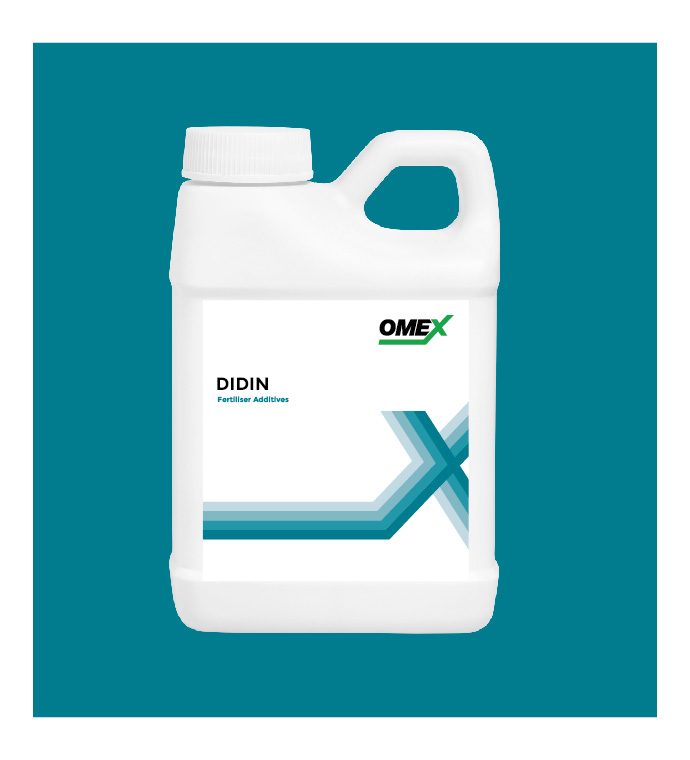Providing Slow Release Nitrogen To Solve Unpredicable Weather
Read about how we worked with this Lincolnshire farm to remedy unpredictable weather patterns and improve NUE
CLIENT / EA and SJ Ward PRODUCT / DIDIN®

Unpredictable weather patterns
Unpredictable and changing weather patterns are playing havoc with autumn and spring drilling campaigns, as well as burdening farmers with time management challenges during busy work periods.
Lincolnshire arable farmers Ed and George Ward of EA and SJ Ward, Brant House Farm, Stragglethorpe have integrated the slow release nitrogen product, DIDIN, to ensure vital nutrition is always available, even in saturated soils, and to free up labour and equipment during critical spraying periods, particularly when time is likely to be crucial.
The farm is a busy place, with the brothers running the family’s 1200ha arable and contract farming operation along with only one other full-time employee across the business, so time management and maintaining a level of flexibility is the key to maximising efficiencies.
Read more about DIDIN
What’s growing on the farm
The farm grows a number of crops, including winter wheat, some milling wheat, oilseed rape, winter and spring barley, vining peas and beans. These are supported by soils that range from sand and gravel through to heavy clay. Yields for winter wheat can regularly achieve over 10t/ha on the most productive land and an average of 4.4t\ha for oilseed rape.
Learn more
Introducing DIDIN
The slow-release nitrification inhibitor, DIDIN was first introduced six years ago on some of the land furthest away from the main farm.
It allowed the entire nitrogen fertiliser requirement to be applied in one pass, freeing up travel time as well as application time and, consequently, really helping the farm to be more efficient. Following this initial experiment, the business set up its own mini trial comparing the farm’s traditional practice of three-splits versus a single pass with DIDIN.
“There is no doubt that the DIDIN treated crop looked better all through the season compared to the standard, which over the same period occasionally looked yellow and nutritionally hungry,” he says. “The yields were much the same across the trial.”
Learn more
What the customer had to say
“It’s the time saving benefit and flexibility that DIDIN has given us, normal nitrogen applications would be going on in March, which is just when we are drilling peas, beans and barley. Spreading the workload has meant we do not need to employ more people and tractors in order to get critical jobs done at the right time.”
“It’s the extreme weather that we are experiencing which is so worrying,” he says. “We have no idea really what is causing it, it could just be a natural cycle, but all we do know is that weather patterns have become a series of extremes and so a slow release nitrogen is a way of ensuring we can get all the nitrogen applied and available to the crops, irrespective of the challenging climate.”
“We are trying to eliminate as much risk as possible. For a lot of farmers, (and this included us initially), putting all of the nitrogen on in one hit is a scary prospect, but we have used DIDIN for a number of years now, very successfully, and are confident that it is extremely beneficial.”
Speak to us about DIDIN

